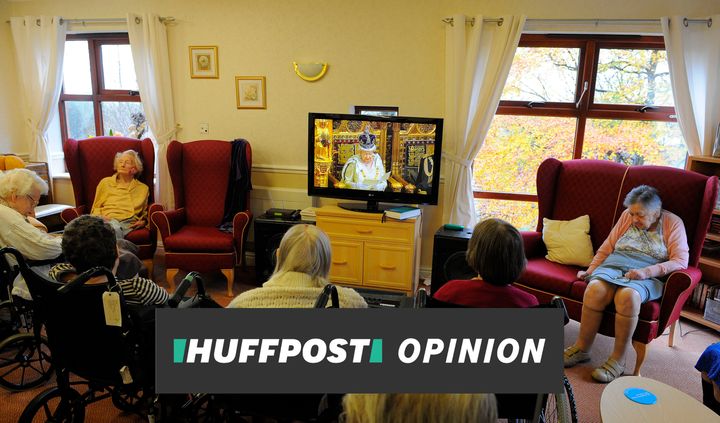
On 13th April, the Department of Health and Social Care confirmed there were over 2,000 (13.5%) care homes that had reported outbreaks of Coronavirus. And in the past 24 hours, two of the largest providers of residential care, HC-One and MHA, have reported 500 deaths among their residents alone. At the same time, there are growing reports from individual care homes which have seen deaths in the double figures among their residents following an outbreak.
This all suggests that coronavirus-related deaths in care homes are being significantly underreported. The time lag is part of the explanation. While deaths occurring in hospitals are reported daily, deaths in care homes and in the community have a two-week reporting lag. Therefore we would expect to see the numbers of confirmed deaths in care homes climb steeply in coming weeks.
We also know that there is a huge lack of testing in care homes. Government policy has been that only five residents in any care home are tested in order to confirm the presence of an outbreak. This is under review, but it also means that in homes experiencing a confirmed outbreak, the majority of residents are not being tested. It is not clear whether deaths among “untested” residents are being accurately captured but there are concerns that the answer is no – not least because many care homes are reporting a real struggle in accessing the appropriate clinical support from GPs and community services.
Overall, the picture for care homes is fairly desperate and points to a serious unfolding crisis.
Part of the explanation is due to how the virus operates: we know it has an especially severe impact on older people, particularly those with other serious health problems and low resilience, and the disease is highly infectious. Care homes are vulnerable in both respects. Most of their residents have dementia or other forms of cognitive decline, plus long-term physical health problems like diabetes and heart disease. In addition, care homes are, by definition, places of shared living.
“Behind each care home death statistic is someone’s much loved mum, dad, brother, daughter, partner or best friend.”
These factors place care homes at high risk of this particular virus. Accordingly, care homes stopped almost all visitors a few weeks ago but they are unable to do the same with staff, who they need to keep working if they possibly can.
Their best strategy is to try to keep the virus out and, if it enters, to limit the numbers affected. However, to achieve this, care homes need access to testing and to Personal Protection Equipment (PPE) – masks, gowns and the like – to minimise the risk of transmission. As already explained, most care homes do not have much access to testing and, in addition, they are struggling to get enough PPE too. Without these things they are essentially trying to battle a deadly foe with one hand tied behind their back.
Meanwhile, it continues to be a struggle to get a clear picture of how many deaths in care homes there actually are. Some of the reasons have already been discussed but, in addition, it is hard to avoid the conclusion that "out of sight is out of mind". Care homes are not part of the NHS, but they aren’t properly in the community either. They are almost entirely owned by private providers these days, even though they perform an essential public service. Public and policy attention on them is relatively rare.
The government has arguably been slow to grip the problems facing care homes during the pandemic: part of the reason is this relative ambiguity about their status. In addition though, care homes are occupied by older people and younger disabled people and there has been more than a whiff from some commentators already that these individuals are not really "worth" the cost and hassle the country faces in order to keep them safe.
I completely reject that argument, which is not only factually dubious given that people of all ages and abilities are being badly hurt and in some cases killed by the virus, but also morally repugnant. Behind each care home death statistic is someone’s much loved mum, dad, brother, daughter, partner or best friend. They could also be any one of us one day and we would be wise to remember that.
Caroline Abrahams is charity director of Age UK
